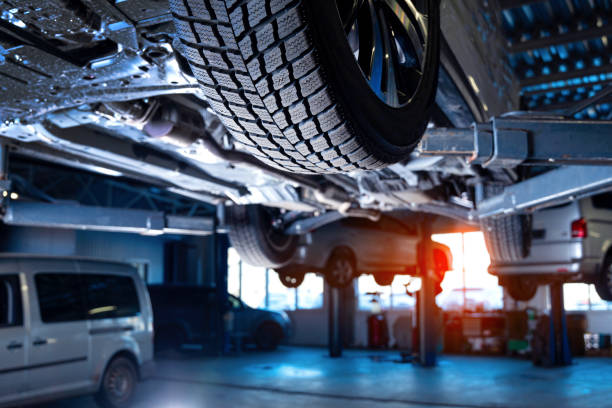
Car battery care and maintenance are essential to ensure reliable starting power and prevent unexpected breakdowns. Here are some tips to help you take care of your car battery:
- Regularly inspect the battery: Check your car battery for signs of corrosion, such as white or greenish deposits around the terminals. If corrosion is present, clean it using a mixture of baking soda and water, along with a wire brush. Ensure the terminals are tight and secure.
- Check battery fluid levels: For batteries with removable caps, carefully remove them and check the fluid levels. If necessary, add distilled water to bring the levels up to the appropriate markings. Be cautious not to overfill the cells.
- Keep the battery clean: A clean battery is less likely to develop issues. Regularly clean the battery with a damp cloth to remove dirt and debris, especially around the terminals and connections.
- Test the battery voltage: Use a digital multimeter to measure the voltage of your battery. A fully charged battery should read around 12.6 volts. If the voltage is significantly lower, it may indicate a weak or discharged battery that needs charging or replacement.
- Avoid excessive battery drain: Leaving lights, radio, or other accessories on when the engine is not running can drain the battery. Make sure to turn off all electrical components when the vehicle is not in use to preserve battery life.
- Drive your car regularly: Extended periods of inactivity can cause a battery to discharge. If you have a vehicle that isn’t used frequently, consider using a battery maintainer or trickle charger to keep the battery charged.
- Test the charging system: A malfunctioning charging system can affect the battery’s ability to charge properly. Have a professional mechanic test your vehicle’s charging system, including the alternator and voltage regulator, to ensure they are functioning correctly.
- Keep the battery secure: Vibrations and movement can damage the battery and its connections. Make sure the battery is securely fastened in its tray to prevent any potential damage.
- Be cautious with jump-starting: If your battery is dead and requires a jump-start, follow proper procedures. Connect the jumper cables correctly, ensuring the positive and negative terminals are matched appropriately. Avoid sparking or short-circuiting the battery.
- Replace an old or weak battery: Car batteries have a limited lifespan. If your battery is several years old, doesn’t hold a charge, or consistently causes starting issues, it may be time for a replacement. Consult your vehicle’s manual for the recommended battery type and specifications.
Remember, if you’re unsure about any aspect of battery care or maintenance, consult a professional mechanic for assistance. They can provide guidance specific to your vehicle and ensure the optimal performance and lifespan of your car battery.